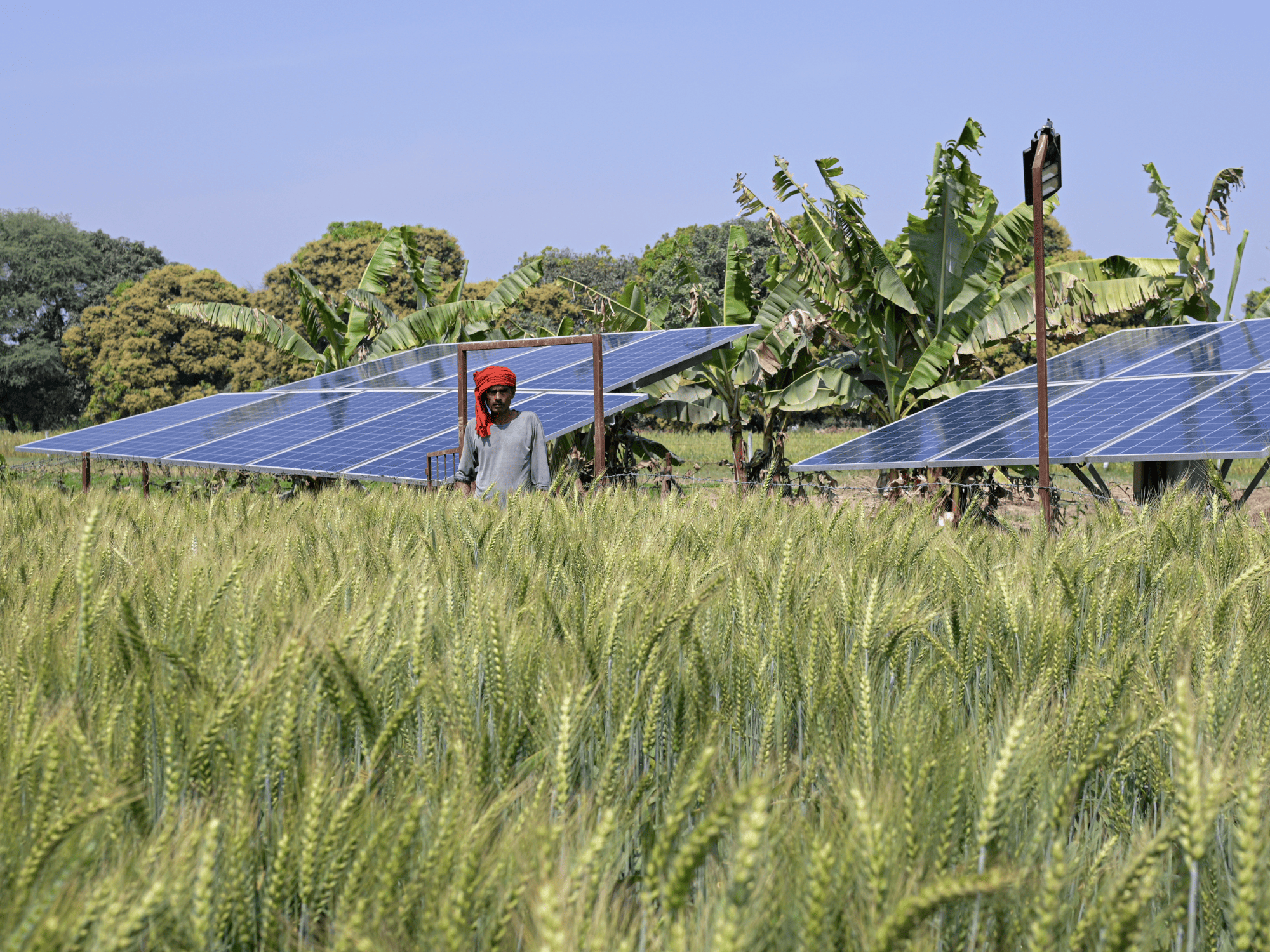It is no secret that agriculture is one of the leading employers in India. According to the Food and Agriculture Organization of the United Nations, 70 percent of the country’s rural population relies on agriculture for their livelihood. Close to 80 percent of the farmers are small and marginal, i.e., they farm on land holdings that are two hectares and less.
But despite the sector being the main source of income for so many Indians, farmers receive a low income for all their toil and labour. Data from 2021 showed that in 2019, the average monthly income for a farming-reliant household was Rs 10,218. This was the more optimistic figure since not all states in India perform the same in farming.
States like Jharkhand, Odisha, and West Bengal received much lower household incomes. On average, an agricultural household in these States received just Rs 4,895, Rs 5,112 and Rs 6,762, respectively.
There are two main cropping seasons in India: Rabi and Kharif.
Kharif crops, also known as monsoon crops, share a similar cycle to the rainy season in India. These crops – typically maize, rice, sugarcane, cotton, etc – are sown sometime around June and harvested in October, guzzling large amounts of water and needing high temperatures to thrive.
Rabi crops are best suited for post-monsoon climates. They are sown around October or November and harvested in April or May, earning them the title of winter crops. Some common crop types are wheat, mustard, barley and chickpeas. Uttar Pradesh, Haryana and Punjab lead in wheat production in the country.
Rabi and Kharif cover most parts of the year and largely determine most of the income farmers can hope to get from their crop yields.
But a third season, Zayed, can also help farmers gain an additional source of income. This season exists briefly between Rabi and Kharif or between March and July.
If managed properly, summer crops like melons, cucumbers or fodder crops, can help farmers gain an uninterrupted source of income, while also replenishing the soil with the nutrients it needs for the next Kharif season.
Making Zayed season a frequent reality
However, India is home to 120 million smallholder farmers, who live on low and irregular incomes. Ironically, though they are in need of a third cropping season the most, the investment in machinery makes this practically inaccessible to them.
Renewable energy like solar machinery does prove to be cheaper but adoption can be a challenge, especially due to lack of awareness, high upfront equipment cost, or lack of social and financial capital.
With Oorja’s inclusive pay-per-use model, all our decentralised solar services are sold at rates that are much more affordable to small and marginal farmers, since they are almost 60 per cent cheaper than diesel alternatives. Users pay only according to the amount of water pumped, the weight of produce milled or stored.
Moreover, we also provide complementary Climate-Smart Farmer Advisory. Here, smallholder farmers are trained on modern and sustainable agronomic practices to help them boost their crop yields and engage in new growing seasons.
Our impact assessment report for 2023 showed that 47 percent of our irrigation customers grew a Zayed crop in the summer season from April to June 2022. As a result, there was a 27 per cent increase in their incomes from agriculture.
We also conducted an impact assessment of training provided to farmers to push them to grow crops in summer 2023. Continuous engagement and training of 123 farmers motivated them to grow crops in the Zayed season. They successfully grew a variety of crops including maize, mint, pulses etc. and were able to earn an additional income of Rs 15,25,010 through the sale of produce.
While Rabi and Kharif are the main breadwinners for farmers, we, at Oorja, are trying to ensure farmers are able to diversify their sources of income. As we say, more crop per drop is the goal!
Written by: Simran Ahuja
Photo courtesy: Acumen | Photographer: Saumya Khandelwal



